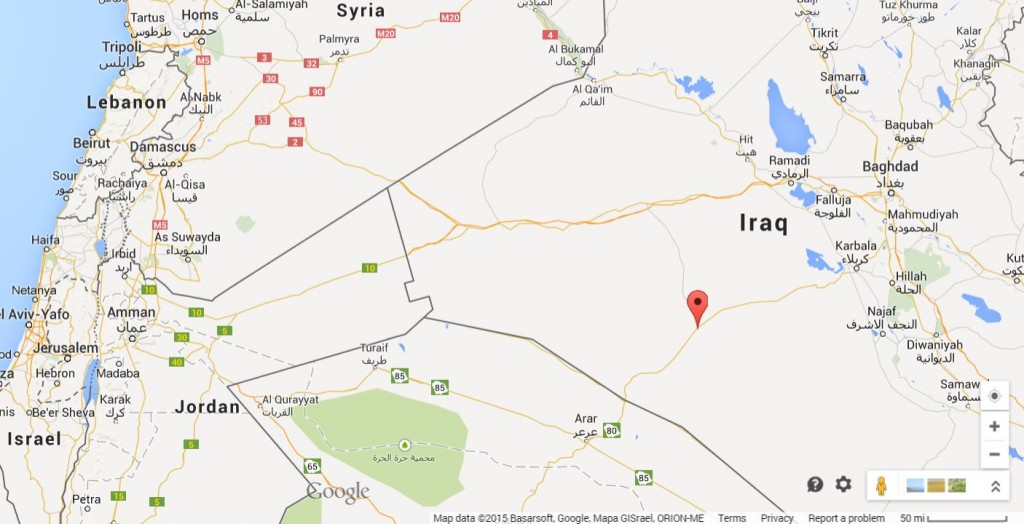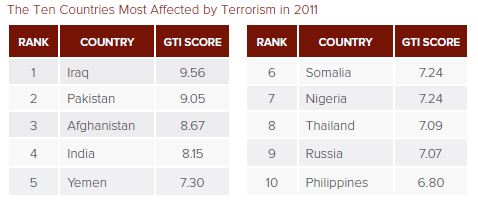Friday: Teh Stoopid, Still Burns [UPDATE-2]
Teh stoopid. So much, a bumper crop today. Put on your hip waders while we listen to a little ska-jazz from The Specials. [Go to bottom of post for update.]
LAST DAY OF THE MONTH
Don’t stand in front of the exit doors today at the House of Representatives. You’ve been warned.
Toobz filled with stoopid
- Bankster boss canned employee with ‘soccer injury’ otherwise known as Lou Gehrig’s Disease (Bloomberg) — Classy. Super chill. Tells you how close this boss was with his staff.
- Sure, I read the TOS, he said as he signs away his firstborn (Naked Security) — Come on now, confess. You’ve just checked the box, right? Especially on bloody Adobe updates.
- Lamar sez fraud investigations squelch free speech (Ars Technica) — Sure, if you believe lying to investors for decades isn’t fraud and is protected speech. As if we needed more proof Texas’ Rep. Lamar Smith’s in the bag for Exxon. Such a damned shame he’s leading the House Committee on Science, Space, and Technology. Be sure to wave as he runs out the door today.
- UK’s PM May met today with Scotland’s First Minister Nicola Sturgeon to preserve the Kingdom’s unity (Bloomberg) — Yeah, this must have been a bunch of malarkey; how can May promise what the Scots want, which is to remain in the EU? Does May think the Scots are stupid or what? Wish I knew the Scots’ Gaelic word for bullshit.
- Old sperm more prone to genetic defects (The Guardian) — Oh gross. Reading this I learned old dude Mick Jagger is the poster boy for old sperm. Yuck. Brain bleach, stat.
- Donald Trump and Mike Pence, governor of the state where a woman can be prosecuted and incarcerated for a miscarriage. Do I need to say more or even provide a link? I think not. Okay, maybe this one.
Hélas, Nice
I’ve not forgotten Nice. I can’t go there. Picking my way through French language news to read in detail about the deaths of children and teenagers is a hard limit for me. With children’s blood on its hands from wars to drone killings, the U.S. has no moral authority here. It has doubled down on its authoritarian, racist, kill-its-way-out-of-trouble approach to foreign policy. What can I write here which isn’t utter hypocrisy?
The only observations I can make are that the attackers may be ramping up, as the numbers and methodology testify. 84 dead including 10 children and teens, 52 injured and 25 on life support, all hurt or killed by a driver who was not a known terror suspect. A civilian stopped the attacker by grabbing his hands as he aimed a gun at human targets. Que Dieu soit miséricordieux sur Nice.
Smarter, kinder finish
And now to purge the taste of stupid before I start my weekend…
- Look! Low wage workers can actually have a 401K and paid vacation (FastCompany) — Nail salon chains have increasingly become cesspools of borderline slave labor, mostly because clients were in the dark about the real cost of getting their manicures. ‘Starbucking’ personal service by increasing the price and improving workers’ conditions could put an end to the ugliness of getting nails done. What other service industries could benefit from such an approach?
- Big food companies paying for farmers to switch to organic production (NYT) — It’s about time; the bottleneck to getting more organic foods to the market has been the risky time and expense farmers must invest before their first certified harvest. (Keep in mind that labeling organic products as such is paramount to realizing returns.)
- Who knew? Jimmy Carter saved the Space Shuttle (Ars Technica) — Got a quote straight from Carter on this, too. Dig the photo of the original Star Trek cast visiting NASA.
- Pet cat saves woman and family from house fire (The Guardian) — Aw. Hope little Tink gets all the fresh fish she could ever want.
That’s a wrap, have a safe and restful weekend, including all you peeps at #NN16. Back at it on Monday.
UPDATE — 2:50 p.m. EDT —
The previously-classified pages of the 9/11 report have been released, conveniently during the afternoon on a Friday smack in the middle of the summer during a general election year. Can you say ‘news dump’? Here’s a link to the document at the House Permanent Select Committee on Intelligence’s site (pdf). Knock yourselves out with this beach read. Note the bit about the alleged Saudi intelligence officers, too.
UPDATE — 5:15 p.m. EDT —
An apparent coup is underway in Turkey; it began with reports of militarized road blocks about two hours ago. Social media platforms have had spotty service though landlines appear to be working. The Erdogan government initially denied a coup was in progress; media outlets in Turkey may not be accurately reporting events. Many European news outlets are still focused on Nice, France. Airports have been closed and a curfew declared. U.S. Embassy has asked U.S. citizens to shelter in place and stay indoors.
For more information about events in Turkey, here’s a selection of active Twitter feeds:
https://twitter.com/YourAnonNews
https://twitter.com/efekerem
https://twitter.com/zeynep
https://twitter.com/WashingtonPoint
https://twitter.com/Boutaina
Recent report at Aid works about Turkey’s treatment of refugees at this link.
If you have friends and family in Turkey, recommend they use Tor browser to follow news — this link in case Tor is blocked. See also this tweet from Tor about accessing social media.




